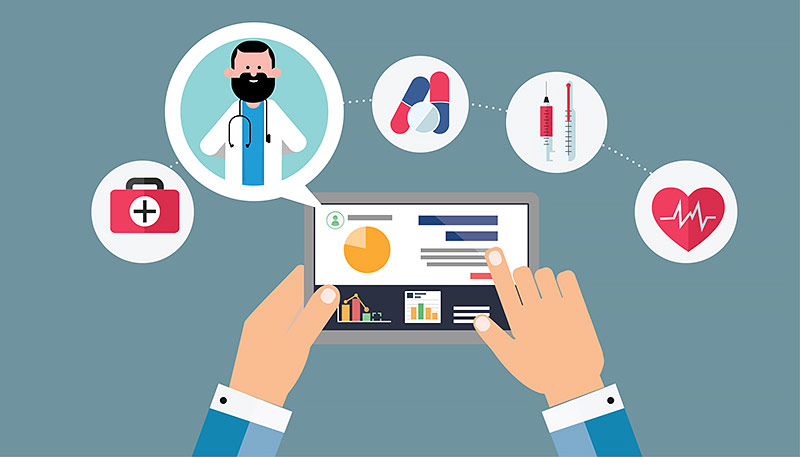By Tim Kaschinske, HealthStore Product Manager at BridgeHead Software
Much of the conversation around healthcare innovation at the moment is focused on interoperability and the sharing of patient information. The message is the same on both sides of the pond. Recently, the UK Secretary of State for Health and Social Care, Matt Hancock, outlined plans for open standards, secure identity and interoperability. Earlier this year, White House senior advisor Jared Kushner explained that, “There is overwhelming consensus. America needs better access to patient data and interoperability now.” It’s also an issue that has also been highlighted by the College of Healthcare Information Management Executives (CHIME) in their annual Most Wired: National Trends 2018 report, which drives home the importance of integration, interoperability and disaster recovery.
It’s with good reason too, as the CHIME report points out “By investing in robust infrastructures that can support and facilitate communication in the complex healthcare environment, organizations can make better data-driven decisions and achieve greater outcomes.”
Not only does effective integration help to streamline workflows, but it also allows clinicians to focus on what they do best. When you consider that many healthcare organisations are currently battling against old or duplicate IT systems, the importance of centralized information and open standards is magnified. It’s certainly something that keeps coming to the surface and only a few weeks ago, The Royal College of Physicians (RCP) called out NHS outpatient appointments as being run on an “18th century system”. Aside from cancellations and patient no-shows, doctors have also complained about missing notes and results. The whole process has been deemed by the RCP as widely inefficient and avoidable if there were better systems in place.
While it’s impossible to move away from the use of multiple systems, the ability to consolidate patient documents, videos and images into a standard format is certainly achievable. Pulling in data from a variety of sources, such as specialist departments and practices, into a single repository, then making that information available to other applications ensures there is one 360-degree view of the patient, which then facilitates joined up care. The problem with scattered data is that it hinders the clinical decision-making process and stops healthcare organizations gaining a complete patient picture.
It’s only now, as we begin to focus on value-based care, that healthcare organizations are being scrutinized like never before. In fact, a recent study has shown that just under 30 per cent of hospitals in the US were able to meet the four key metrics required for true interoperability: data integration, reception, distribution and finding. Interestingly, that figure has climbed up by 5.5 per cent in three years, meaning that only one in 20 hospitals has achieved interoperability in that time. As the conversation around interoperability grows, many organisations are calling into question whether the systems they have in place act as a hindrance to overall care.
Accessing Patient History
Often healthcare organisations look towards their core health systems such as Electronic Medical Records (EMRs) to enable interoperability among other integrated healthcare providers. The adoption of these systems is widespread across the US and many hospitals are using them to support performance measurement and patient engagement. EMRs can be seen as the driving force for health data interoperability, but as more systems are installed, upgraded and replaced, the need to capture and store that data becomes greater. When treating ongoing conditions, medical history is often a significant part of the puzzle, so the onus is on healthcare providers to identify gaps in EMR integration and bring together key clinical data in one place.
Medical staff rely on access to clinical information to make accurate diagnoses and advise on treatment plans, so extracting and consolidating historic patient data in an independent clinical archive and making it available to the current EMR, or any other application the hospital might use, not only streamlines the process, but means that medical staff can spend less time trying to find relevant patient information on the hospital floor and spend more time with the patients themselves.
Integration now
Healthcare organizations don’t have to tackle the healthcare data interoperability challenge alone, BridgeHead’s Independent Clinical Archive, HealthStore® creates a single repository for all clinical and administrative data sources across the healthcare enterprise. It works with existing applications, such as clinical portals, PACS, viewers and EMRs for easy sharing of data.
To learn more, read this article on interoperability, “Interoperability and the New Urgency for Data Sharing in Healthcare”.



